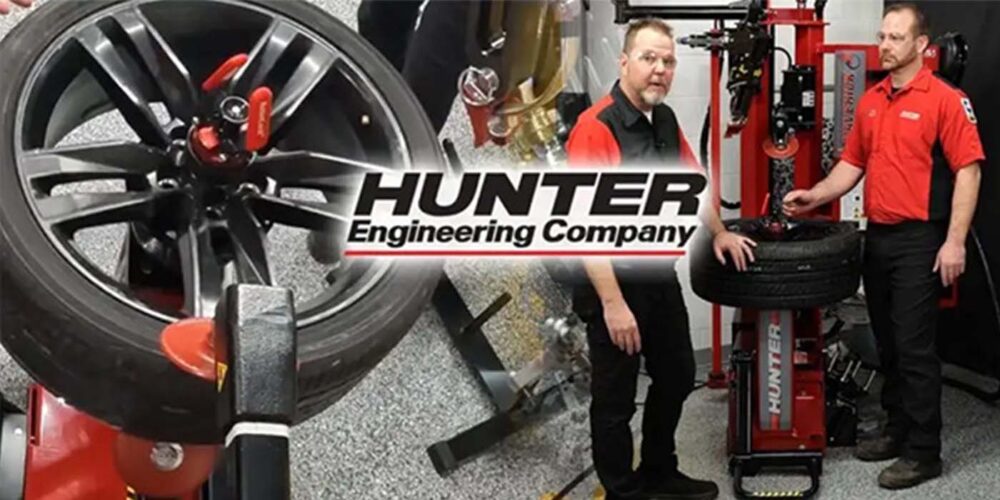When you look at the sidewall of a tire, there are a couple of indicators of the tire’s load-carrying capacity that you should pay attention to. The load index is listed as a number after the tire size, and the tire’s load range, represented by a letter. Do you know the difference between them, though? Let’s find out in this Tire Review Continental Tire Garage Studio video.
The most important consideration when selecting replacement tires for any vehicle is to maintain sufficient load-carrying capacity. A vehicle and its load are completely supported by inflated tires, which means the tire needs to support the vehicle to avoid nasty tire blowouts.
A technician might say the load-carrying capacity is represented by a letter on the tire’s sidewall. That is correct, but let’s dig in deeper.
Industry experts say that a tire’s letter load range describes how much weight a tire can carry. The letter rating gives you a comparative idea of the tire’s toughness, helping you understand how much air the tire can hold, how much weight it can carry and a relative measure of the tire’s durability. Tires with a higher load range can carry heavier loads.
But load range is based on an older measurement called ply rating. All tires are made of rubber and cord layers called “plies”. Historically, more plies mean a tire has a higher load-carrying capacity. Manufacturers would count the plies to get to this measurement.
However, modern tire construction uses fewer, stronger plies. So today, load range, more or less, defines the tire’s toughness and maximum air pressure, as opposed to information about the plies being used. For example, a “C” load range indicates that a tire is equivalent to a 6-ply construction tire. This tire isn’t actually built with six plies, but rather one or two plies of equivalent strength.
Now, let’s talk about the tire’s load index. This is the number on the sidewall that correlates to the maximum safe carrying capacity of the tire when it’s inflated to its maximum pressure. Higher load index ratings mean those tires will be able to handle a heavier load. Sometimes, two numbers will indicate the load index with the higher number used for single-rear-wheel applications and the lower one for dual-wheel applications.
To make sure you’re fitting your customer’s vehicle with the right replacement tire, it’s recommended that you look at the OE load range and index and match that to the replacement tire you’ll install.
Don’t forget to follow us on Instagram and Facebook and subscribe to our YouTube channel for more tire, service and shop operations videos.













